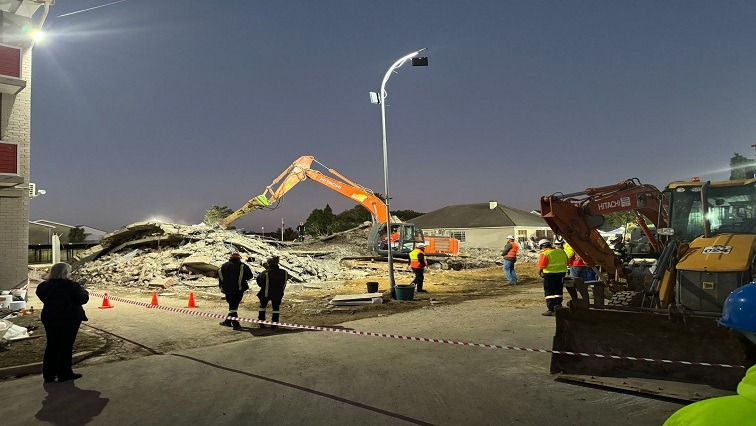Are floods in Kenya causing more damage? If so, why?
Floods are the natural consequence of storm rainfall and have animportant ecological role.
They inundate flood plains where silts settle, riverbed aquifers are recharged, and nutrients are gathered.
Annual rainfall in Kenyavariesfrom 2,000mm in the western region to less than 250mm in the drylands covering over 80 percentof Kenya. But storm rainfalls are widespread. This means that floods can occur in any part of the country.
The impact of floods has become more severe due to a number of factors.
The first is how much water runs off. In rural areas, changes to the landscape have meant that theres been an increase in the amount of storm runoff generated from rainfall.
This is because the natural state of the land has been altered through settlement, roads, deforestation, livestock grazing and cultivation.
As a result, a greater proportion of rainfall runs off. This runoff is more rapid and erosive, and less water infiltrates to replenish groundwater stores.
TheEast African Flood Model, a standard drainage design tool, demonstrates that by reducing a forested catchment into a field for livestock pasture, for instance, the peak flood magnitude can increase 20-fold. This form of catchment degradation leads to landslides, dams can breach, and road culverts and irrigation intakes are regularly washed away.
Land degradation in Sub-Saharan rangelands is omnipresent, with over 90 percentrangeland degradation reported inKenyas northern drylands. Kenyanresearch has recordeddramatic increases in stormwater runoff due to overgrazing.
Second, human pressure in urban areas including encroachment into riparian zones and loss of natural flood storage buffers through the destruction of wetlands has increased flood risks. Riparian zones are areas bordering rivers and other bodies of water.
By 2050,half of Kenyas populationwill live in urban areas. Green space is progressively being filled with buildings and pavements.
A large proportion of urban population lives in tin-roofed slums and informal settlements lacking adequate drainage infrastructure. As a result, almost all of the storm rainfall is translated into rapid and sometimes catastrophic flooding.
Third, flood risks are worse for people who have settled in vacant land which is often in low-lying areas and within flood plains. In these areas, inundation by flood waters is inevitable.
Fourth, Nairobis persistent water supply shortages have led to a proliferation of boreholes whose over-abstraction has resulted in a dramatic decline in the underground water tables levels. This leads to aquifer compression, which is compounded by the weight of buildings. The result isground level subsidence, which creates low spots where stormwater floods collect.
What should be done to minimise the risks?
Rural areas require a different set of solutions.
Natural watercourses throughout Kenya are being scoured out by larger floods due to land use pressures. These watercourses are expanding, and riparian vegetation cover is disappearing. The flood plains need space to regenerate the natural vegetation cover as this attenuates floods, reducing the force of runoff and erosion.
There are existing laws to protect riverbanks, and livestock movements in these areas must also be controlled. Any building or informal settlement within riparian areas is illegal and would otherwise be exposed to the dangers of floods. Enforcement is a challenge, however, as these areas are favoured by human activities and often these people are among the poorest.











